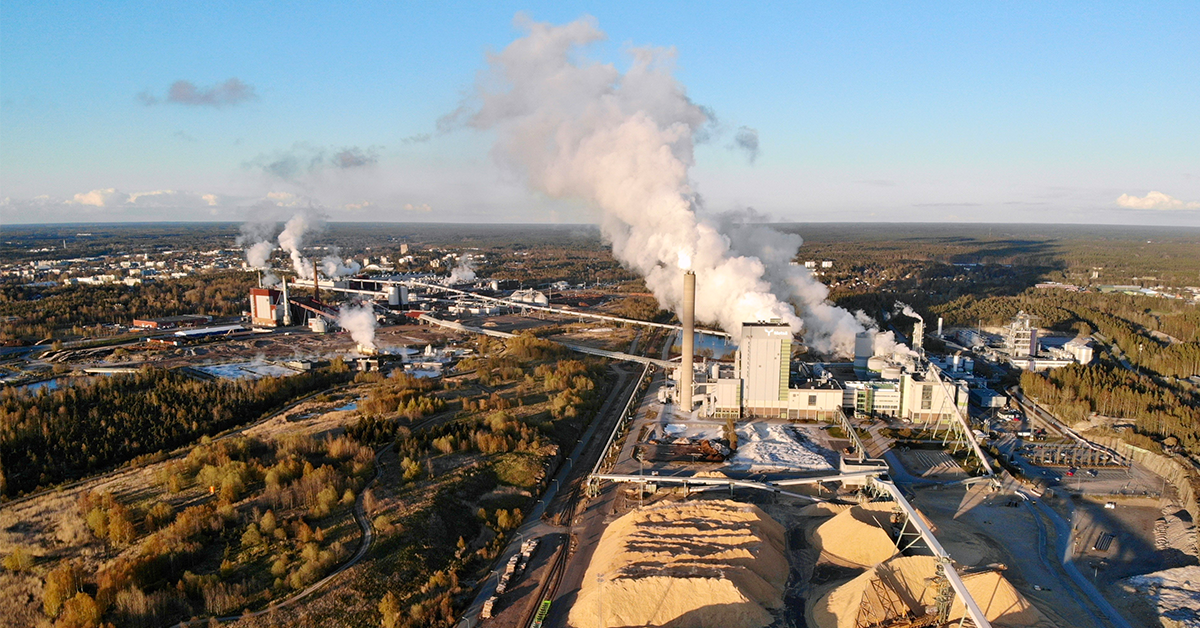2 min read
2025 Sees Continued Pulp and Paper Mill Closures: What's Driving the Trend?
ResourceWise
:
Jun 16, 2025 9:00:00 AM

The global pulp and paper industry has moved through 2025 with more signs of strain thus far as mill closures and production curtailments continue to mount. These shutdowns—both permanent and temporary—are unfolding across regions. They are affecting a wide range of operations, from containerboard mills in North America to pulp and specialty facilities in Europe and the South Pacific.
This wave of closures follows a similar pattern seen in recent years but appears to be intensifying. Companies are citing a variety of reasons for the decision such as rising costs, shifting demand, aging assets.
Global Mill Closures in 2025
Several significant closures have been announced or implemented in 2025:
- International Paper: Shut down its Campti, Louisiana containerboard mill in April, citing decreased demand for packaging products and efforts to streamline operations.
- Georgia-Pacific: Announced the closure of its containerboard mill in Cedar Springs, Georgia, effective August, as part of a strategic move to optimize its manufacturing footprint.
- Smurfit WestRock: Closed its St. Paul, Minnesota CRB mill and ceased production at the Forney, Texas containerboard mill, focusing on more efficient facilities post-merger.
- Greif: Permanently closed its Fitchburg, Massachusetts and Los Angeles, California recycled paperboard mills due to high operating costs and limited integration opportunities.
- Metsä Board: Closed its Tako board mill in Tampere, Finland, in response to weakened market demand and rising operational costs.
- UPM Communication Papers: Announced the closure of its Ettringen, Germany paper mill by July, aligning capacity with profitable demand amid market overcapacities.
- Oji Fibre Solutions: Ceased operations of Paper Machine 6 at its Kinleith Mill in Tokoroa, New Zealand, by the end of June, as the paper production line was loss-making.
Using Viability Data to See What's Coming
In this environment, the ability to anticipate and strategically respond to mill closures is essential. This holds true not just for producers, but for suppliers, customers, and investors across the value chain.
That's where advanced benchmarking tools like FisherSolve’s Viability Benchmarking Module come in. This powerful module evaluates mills based on factors like:
- Cost Position
- Technical Age
- Carbon and Environmental Performance
- Mill Integration and Logistics
- Capital Needs
Example of Viability Benchmark

Using over 20 years of asset-based data, FisherSolve enables users to assess the likelihood of closure for a given mill or facility and simulate the competitive landscape under multiple market scenarios.
In fact, previous years have shown that mills flagged by FisherSolve's Viability Index as high-risk frequently appear in closure announcements months or even years later. For example, International Paper’s now-shuttered Georgetown mill had a high-risk profile due to its age and cost structure long before the formal announcement came in 2023.
Preparing for What’s Ahead
The pulp and paper industry is undergoing structural transformation. Energy, labor, environmental expectations, and consumer behavior are all evolving, and mills that can't keep up are increasingly being retired.
In this shifting landscape, the right data isn't just helpful, it’s essential.
Whether you're looking to validate an investment decision, assess the security of your supply chain, or plan capital allocations, tools like the FisherSolve’s Viability Benchmarking Module offer the clarity needed to move forward with confidence.
Want to learn more about how viability analysis can strengthen your strategic planning?





